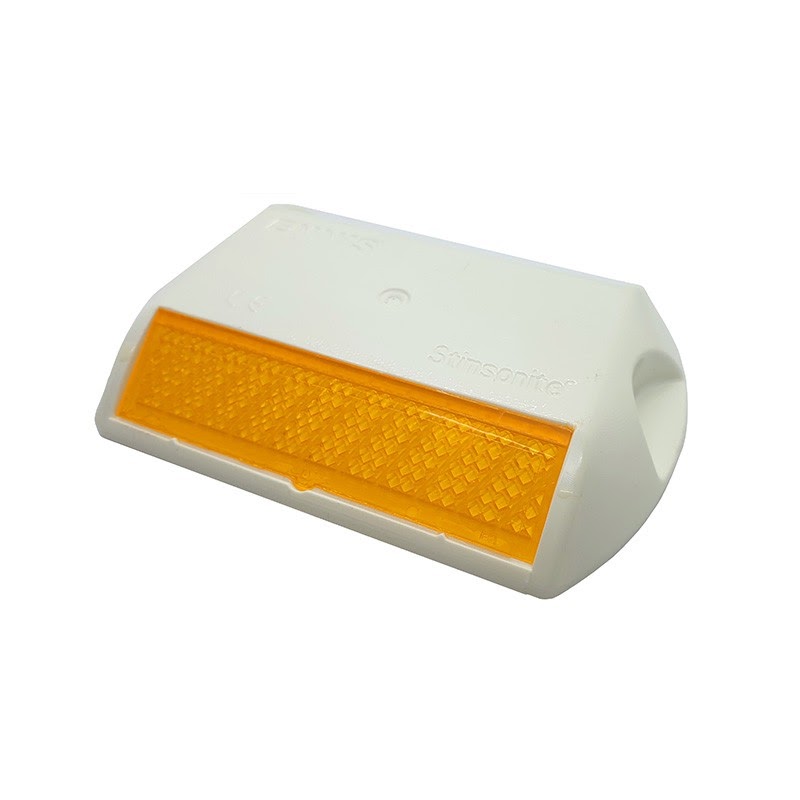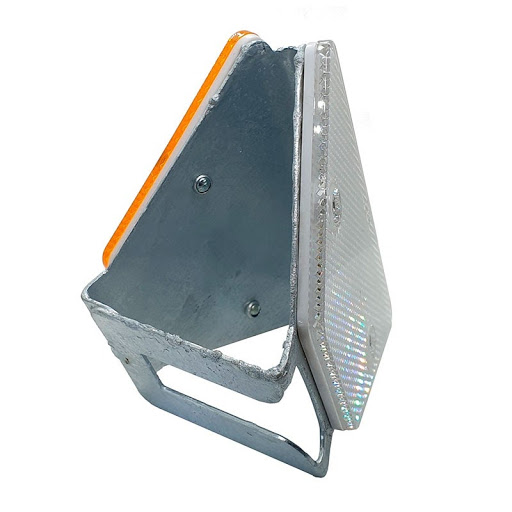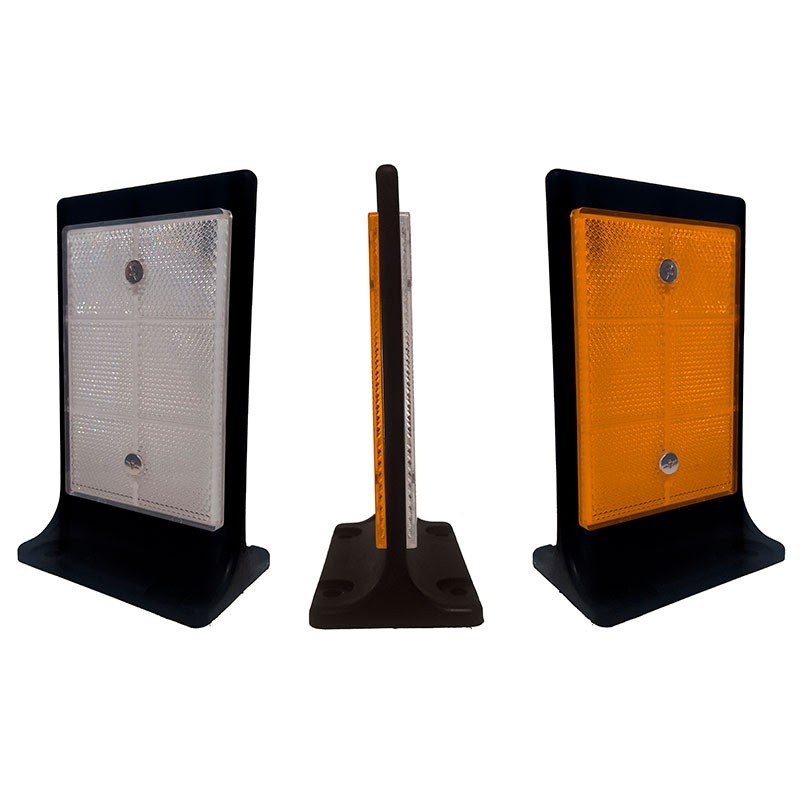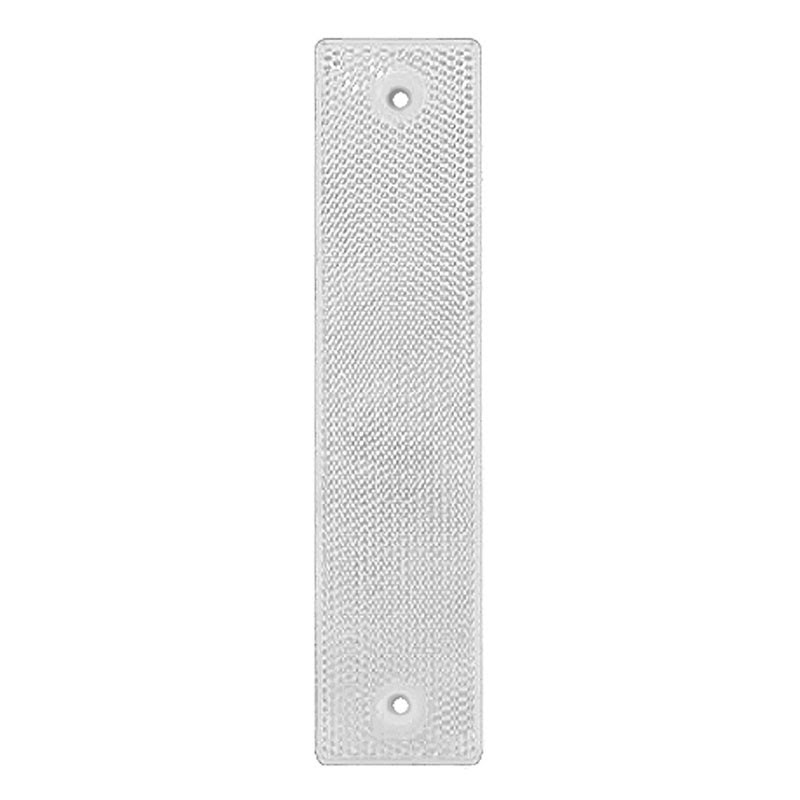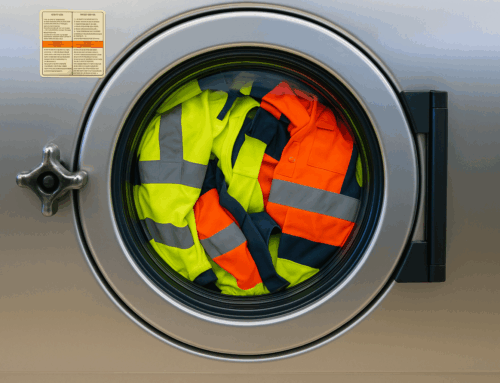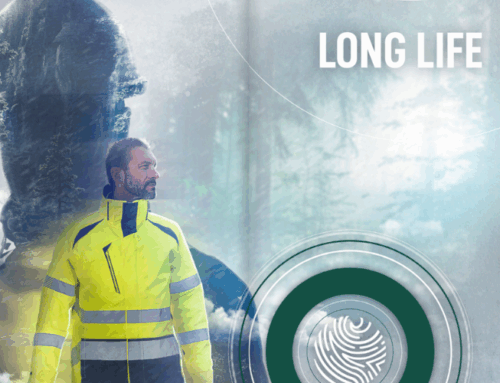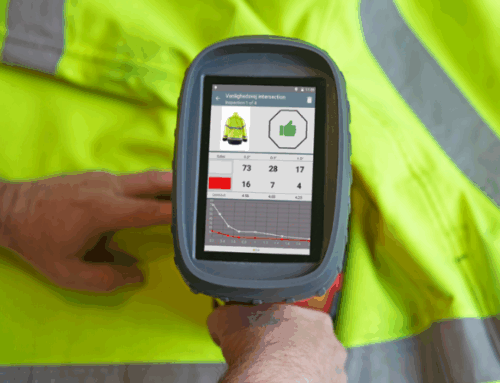A retro-reflecting stud is defined as a horizontal guiding element, which reflects incident light using retroreflectors in order to warn, guide or inform road users.
For the purposes of this article, the terms and definitions included in the UNE-EN 1463-1 and UNE-EN 1463-2 standards will be used.
Types of reflectors pursuant to current legislation and regulations
The UNE-EN 1463-1 refers to the basic characteristics that a horizontal reflector must have. For this reason, we shall refer exclusively to permanent retro-reflecting reflectors (P).
Depending on the retro-reflecting area, reflectors are classified as unidirectional or bidirectional, and may also be classified according to their type and design, as shown in the table below.
Classification of reflectors according to their use, the type of reflector and their design
| RANKING | TYPE |
|---|---|
| BY USE | |
| PERMANENT | P |
| TEMPORARY | T |
| BY TYPE OF REFLECTOR | |
| GLASS | 1 |
| PLASTIC | 2 |
| PLASTIC WITH AN ABRASION RESISTANT SURFACE | 3 |
| BY DESIGN | |
| NON-DEFORMABLE REFLECTOR | A |
| DEFORMABLE REFLECTOR | B |
(*) The abrasion-resistant surface shall be applied on the retroreflective side exposed to traffic.
Having established the initial classification according to UNE-EN 1463-1, we must now focus on UNE-EN 1463-2. Part 2 will refer to field tests to determine the type of reflector.
For this purpose, a one-year trial will be carried out, where 100 reflectors will be fitted and, after this period, the number of reflectors that remain attached to the asphalt and their current retroreflectivity will be assessed.
| TYPE | DESCRIPTION |
|---|---|
| DURABILITY AFTER ONE YEAR | |
| S1 | 42 or more units remaining |
| S2 | 35 to 41 units remaining |
| S3 | from 1 to 34 units remaining |
| S4 | Null result |
| MINIMUM STANDARDS | |
| GLASS | 20 mcd/lux |
| PLASTIC | 220 mcd/lux |
| PLASTIC WITH ABRASIVE COATING (*) | 150 mcd/lux |
Since 1 January 2008, all reflectors installed in Spain must display the European CE Marking, which guarantees that they have passed the EN-1463 Certification Parts 1 and 2.
According to PG3, in force since January 2015, only reflectors classified as S1 (maximum durability on pavement) and R1 (maximum retroreflectivity after testing) as per EN-1463 Part 2, may be used in Spain.
Types of reflectors from our high-visibility material catalogue
As a company specialising in the sale of high-visibility and retroreflective material, we offer various types of horizontal and other types of reflectors.
Optical guidance devices that are generally used to complement road markings, capable of reflecting most incident light, in order to warn, guide or inform road users.
Vertical reflectors for bollard or guardrail, wall and parapets, are retroreflective elements used as roadside guidance and delineation devices.
Concrete barrier reflectors, as in the previous case, are also retroreflective and are very common for marking the boundaries and margins that define these concrete walls.
These parts are made of different materials and shapes, commonly used for effective retroreflection from different incident light angles, designed for good night-time visibility both on straight and sharp bends.
If you would like to request further information, a quotation or personalised advice from one of our sales engineers, just take a few seconds to complete this form. Or, you can also call us on +34 93 848 05 68, or email us at info@t2siberica.com.
Remember that choosing T2S means choosing one of the world’s leading horizontal reflector suppliers.
Tell us what you need and we will show you all the available options!
